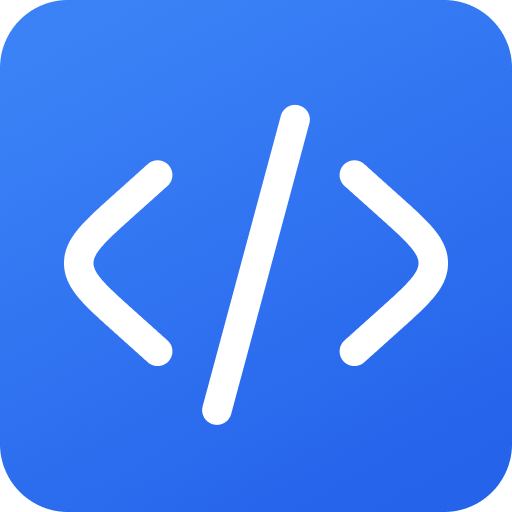The method
Use this prompt by inputting the student’s current skill level, learning goals, and preferred learning style. Adapt the generated path based on student progress and feedback. Ideal for educators, tutors, and self-learners.
The prompts
Prompt 1
Design a personalized learning path for a student who is currently at a beginner level in mathematics and aims to achieve an intermediate level within six months. The student prefers visual learning and interactive exercises. The topics covered should include basic algebra, geometry, and trigonometry. Break down the path into weekly goals, suggesting specific resources (online courses, textbooks, videos, interactive simulations) for each week. For each topic, specify the key concepts the student needs to grasp. Also provide assessments (quizzes, problem sets, practical projects) to ensure mastery. Ensure that the learning path is adaptable and can be adjusted based on the student's progress and feedback. Include strategies for overcoming common challenges students face when learning these topics, such as understanding abstract concepts and applying formulas.
Prompt 2
Develop a personalized learning path for an adult learner with a background in humanities who wants to acquire basic programming skills in Python to automate data analysis tasks in their current role. The learner prefers a hands-on approach with real-world projects. The learning path should cover fundamental programming concepts like variables, data types, loops, functions, and basic data manipulation using libraries like Pandas. Structure the path into monthly modules, each culminating in a mini-project related to data analysis. Suggest specific online platforms, tutorials, and documentation resources for each module. Incorporate opportunities for collaborative learning through online forums or study groups. Provide guidance on setting up a development environment and troubleshooting common coding errors. Include optional advanced topics for learners who progress quickly, such as data visualization or machine learning basics. The learning path should emphasize practical application and problem-solving skills, enabling the learner to immediately apply their new skills in their work.
